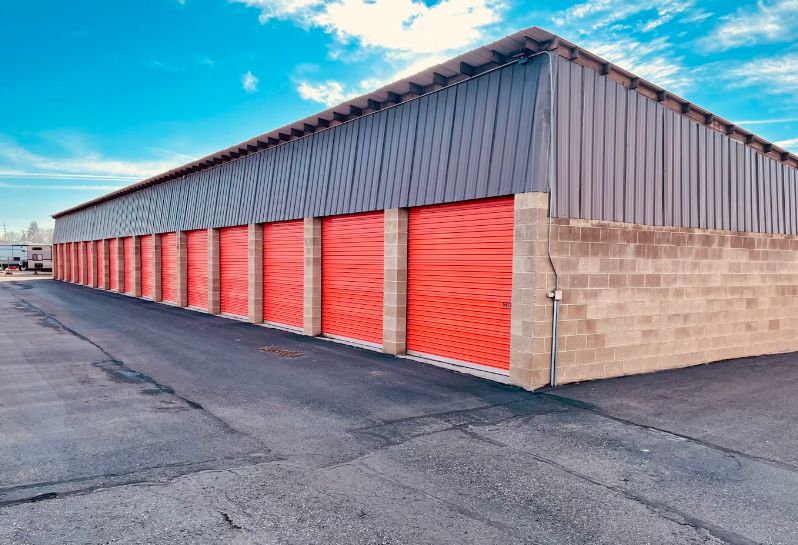The Timeless Appeal of Luxury Furniture in Modern Sydney Homes

In the bustling heart of Sydney, where the modern meets the majestic, there lies an unwavering appeal for luxury furniture that adorns the city’s most elegant homes. This desire for opulence is not merely a quest for beauty but a testament to the enduring allure of quality craftsmanship and design that transcends time. As we delve into the world of high-end furnishings, it becomes clear that the choice of luxury furniture is not just an investment in your home’s aesthetic but an homage to the artistry and tradition that define Sydney’s sophisticated lifestyle.
The Essence of Luxury Furniture
Luxury furniture in Sydney represents more than just the physical pieces that fill a room. It encapsulates a rich history of design, a meticulous attention to detail, and a commitment to using the finest materials. Each piece tells a story of its own, from the sleek lines of a contemporary sofa to the intricate carvings of a classic armoire. The essence of luxury furniture lies in its ability to blend functionality with artistry, creating spaces that are both inviting and impressive.
Crafting Spaces with Character
One of the key aspects of incorporating luxury furniture into your Sydney home is the ability to create spaces that reflect your personal style and character. Whether you’re drawn to the minimalist elegance of modern design or the warm, intricate details of traditional pieces, there’s a world of options to explore. High-end furniture stores in Sydney offer a curated selection of pieces that can transform any room into a statement of your unique taste and lifestyle.
Sustainability and Luxury: A Modern Match
In today’s world, the luxury furniture market is increasingly aligning with the principles of sustainability and ethical production. Consumers are more conscious of their environmental impact, seeking out pieces that not only look beautiful but are also crafted in a way that respects our planet. From the use of responsibly sourced materials to the adoption of eco-friendly manufacturing processes, luxury furniture brands are leading the way in combining style with sustainability.
Selecting the Perfect Pieces for Your Home
The journey to finding the perfect luxury furniture for your Sydney home is both exciting and daunting. With an abundance of choices, it’s essential to consider not only the style and design of the pieces but also their functionality and durability. Premium furniture selections for Sydney residences provide a harmonious blend of aesthetics and practicality, ensuring that your home is both beautiful and livable.
Conclusion: The Lasting Impact of Luxury Furniture
As we conclude our exploration of luxury furniture in Sydney, it’s clear that the appeal of these exquisite pieces goes beyond their visual beauty. Luxury furniture is an investment in the quality of your living space, a commitment to sustainable practices, and a celebration of craftsmanship and design excellence. By choosing to adorn your home with luxury furniture, you’re not just making a statement about your personal style; you’re also embracing a lifestyle that values tradition, innovation, and the enduring beauty of well-crafted pieces. Whether you’re renovating your home or simply looking to add a touch of luxury to your space, the journey towards finding the perfect pieces is a rewarding one, filled with discovery, elegance, and timeless appeal.
The Timeless Appeal of Luxury Furniture in Modern Sydney Homes Read More »





